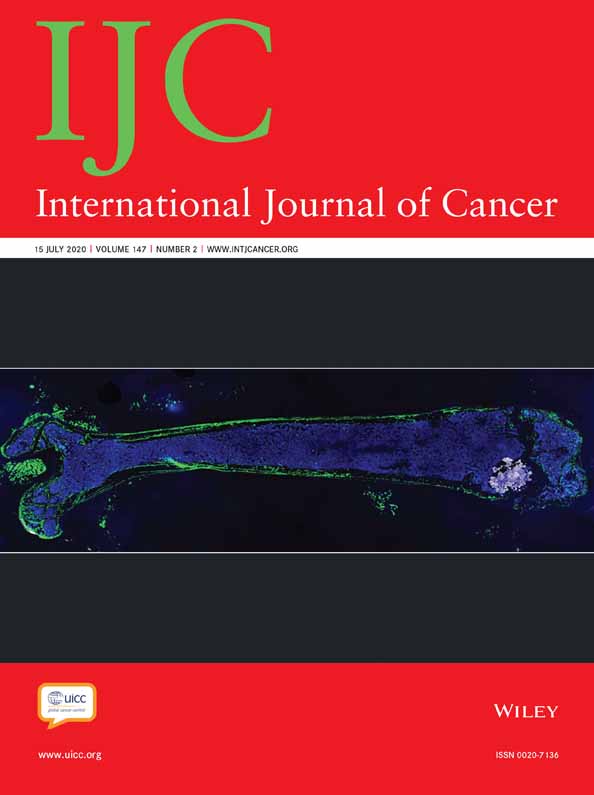Hair dye and chemical straightener use and breast cancer risk in a large US population of black and white women
Abstract
Many hair products contain endocrine-disrupting compounds and carcinogens potentially relevant to breast cancer. Products used predominately by black women may contain more hormonally-active compounds. In a national prospective cohort study, we examined the association between hair dye and chemical relaxer/straightener use and breast cancer risk by ethnicity. Sister Study participants (n = 46,709), women ages 35–74, were enrolled between 2003 and 2009, and had a sister with breast cancer but were breast cancer-free themselves. Enrollment questionnaires included past 12-month hair product use. Cox proportional hazards models estimated adjusted hazard ratios (HRs) and 95% confidence intervals (95% CIs) for the association between hair products and breast cancer; effect measure modification by ethnicity was evaluated. During follow-up (mean = 8.3 years), 2,794 breast cancers were identified. Fifty-five percent of participants reported using permanent dye at enrollment. Permanent dye use was associated with 45% higher breast cancer risk in black women (HR = 1.45, 95% CI: 1.10–1.90), and 7% higher risk in white women (HR = 1.07, 95% CI: 0.99–1.16; heterogeneity p = 0.04). Among all participants, personal straightener use was associated with breast cancer risk (HR = 1.18, 95% CI 0.99–1.41); with higher risk associated with increased frequency (p for trend = 0.02). Nonprofessional application of semipermanent dye (HR = 1.28, 95% CI 1.05–1.56) and straighteners (HR = 1.27, 95% CI 0.99–1.62) to others was associated with breast cancer risk. We observed a higher breast cancer risk associated with any straightener use and personal use of permanent dye, especially among black women. These results suggest that chemicals in hair products may play a role in breast carcinogenesis.
Abstract
What's new?
Products such as hair dye and hair straightener are widely used. These products contain numerous chemicals, some of which may contribute to cancer risk. The present study evaluated the relationship specifically between breast cancer risk and hair dye and chemical straightener use in a prospective cohort of women ages 35-74. Hair dye use was reported by more than half of study participants. Nearly three-quarters of black women reported use of hair straightener in the past year. Straightener use and personal permanent hair dye use were associated with elevated breast cancer risk. Associations for hair dye were strongest among black women.
Open Research
Data availability
Data used in this analysis may be requested through the Sister Study data management system; information on requesting data can be found at https://sisterstudy.niehs.nih.gov/English/data-requests.htm.




